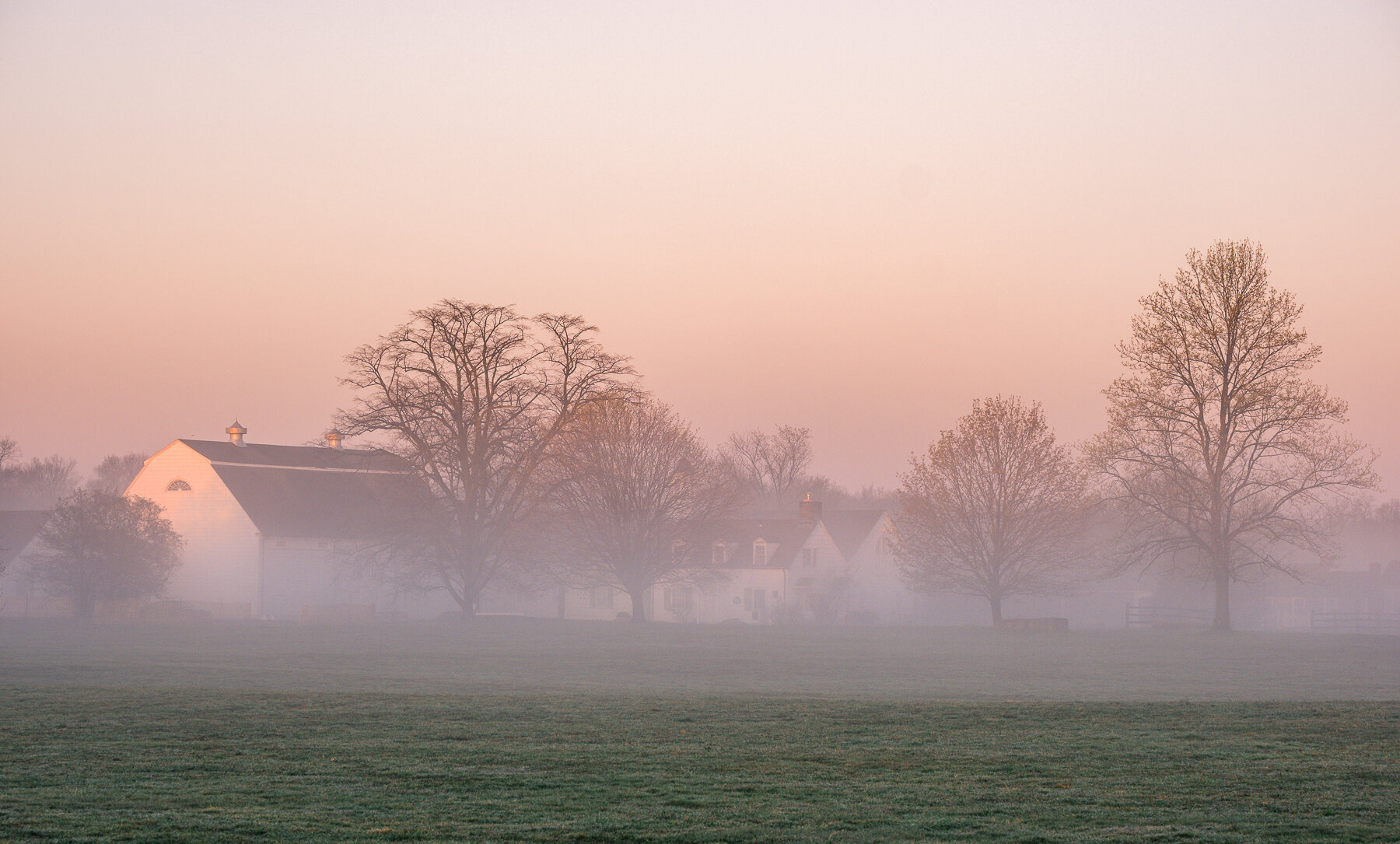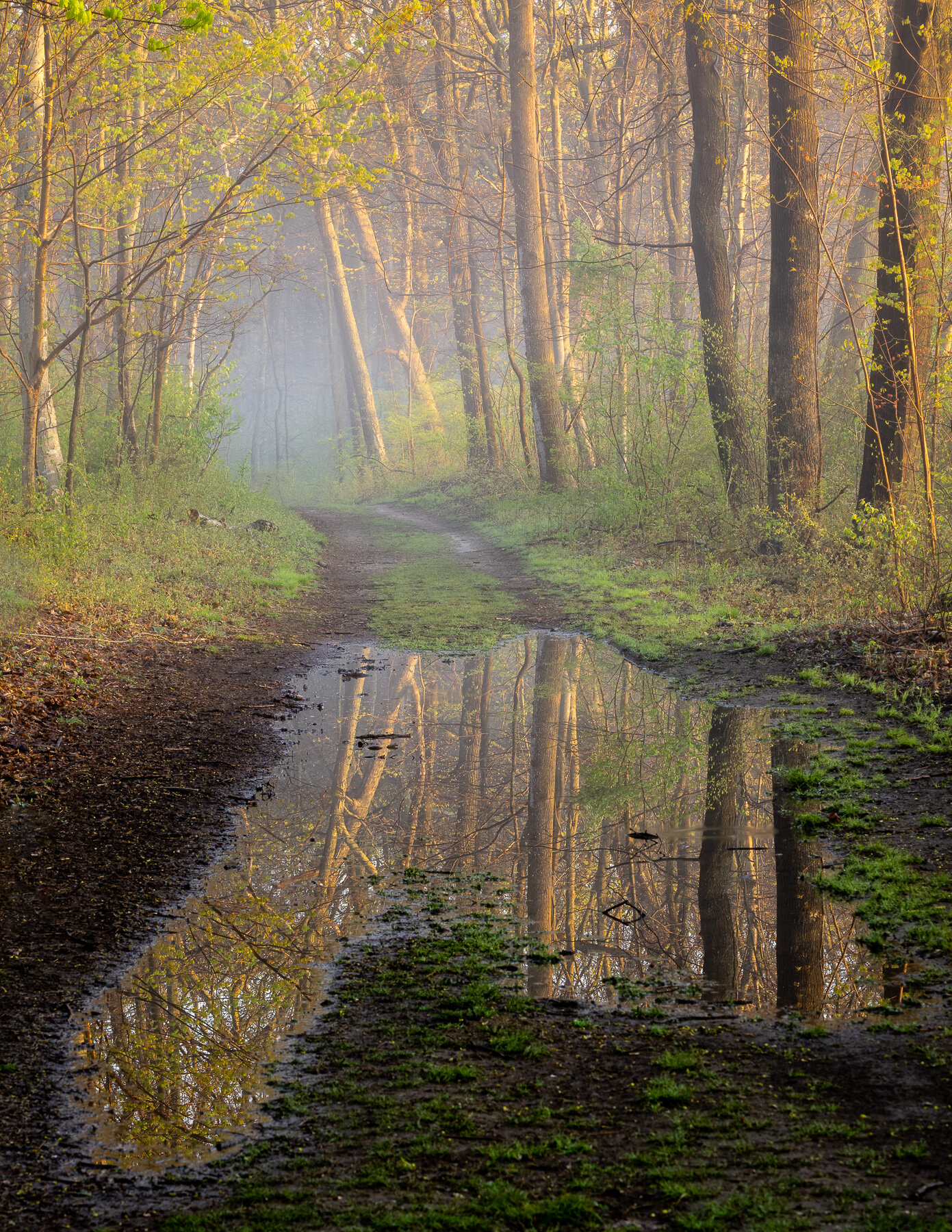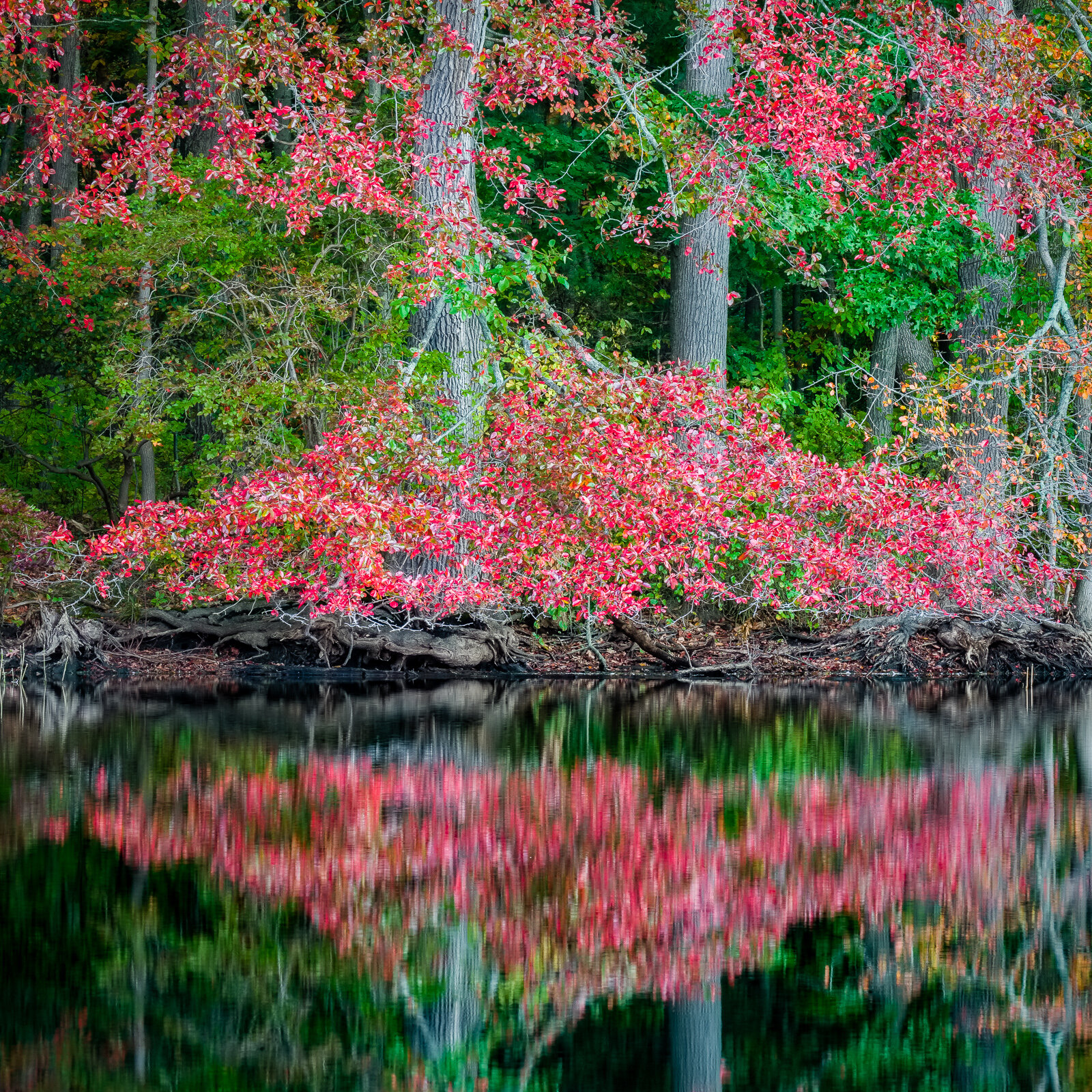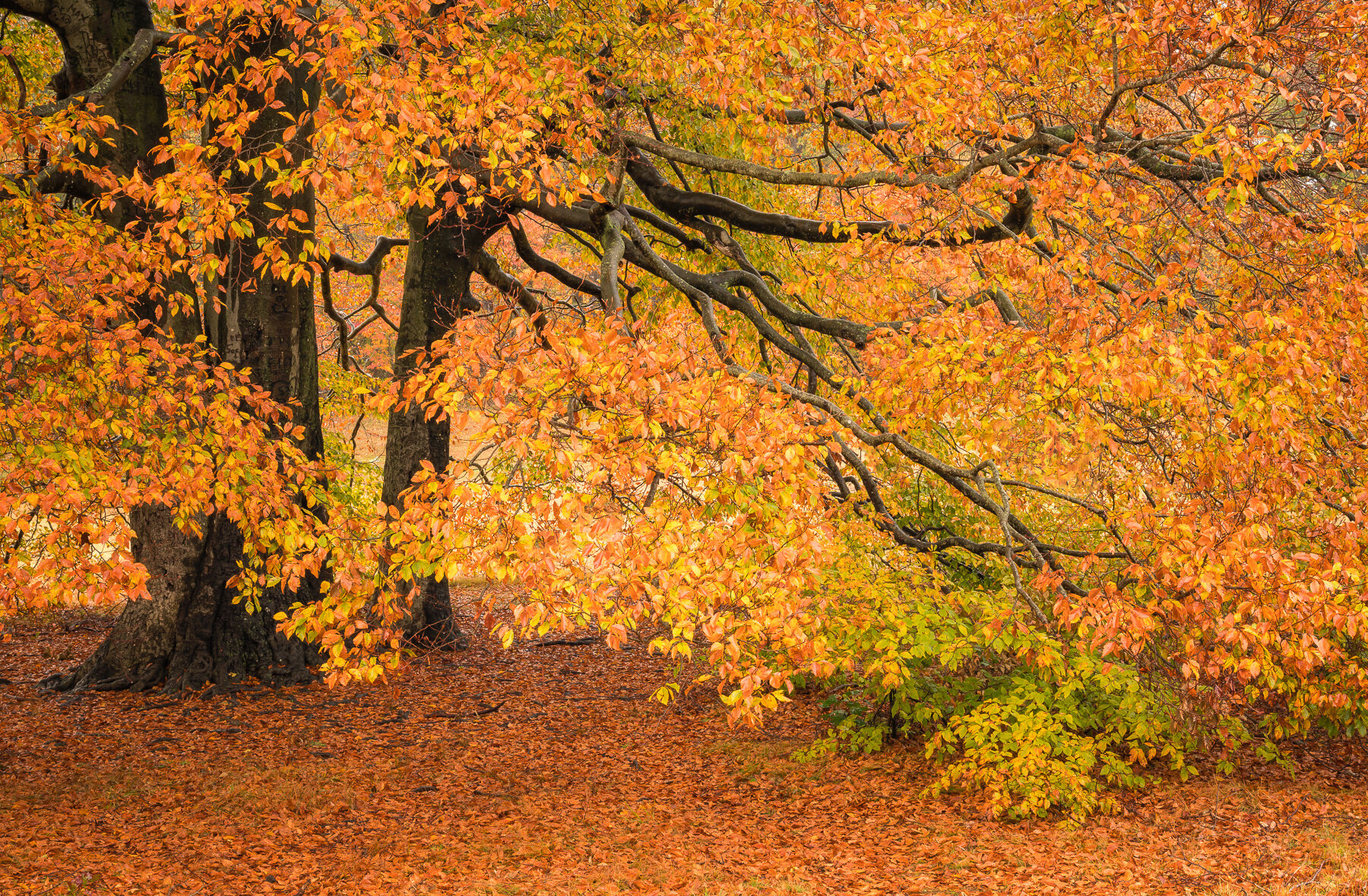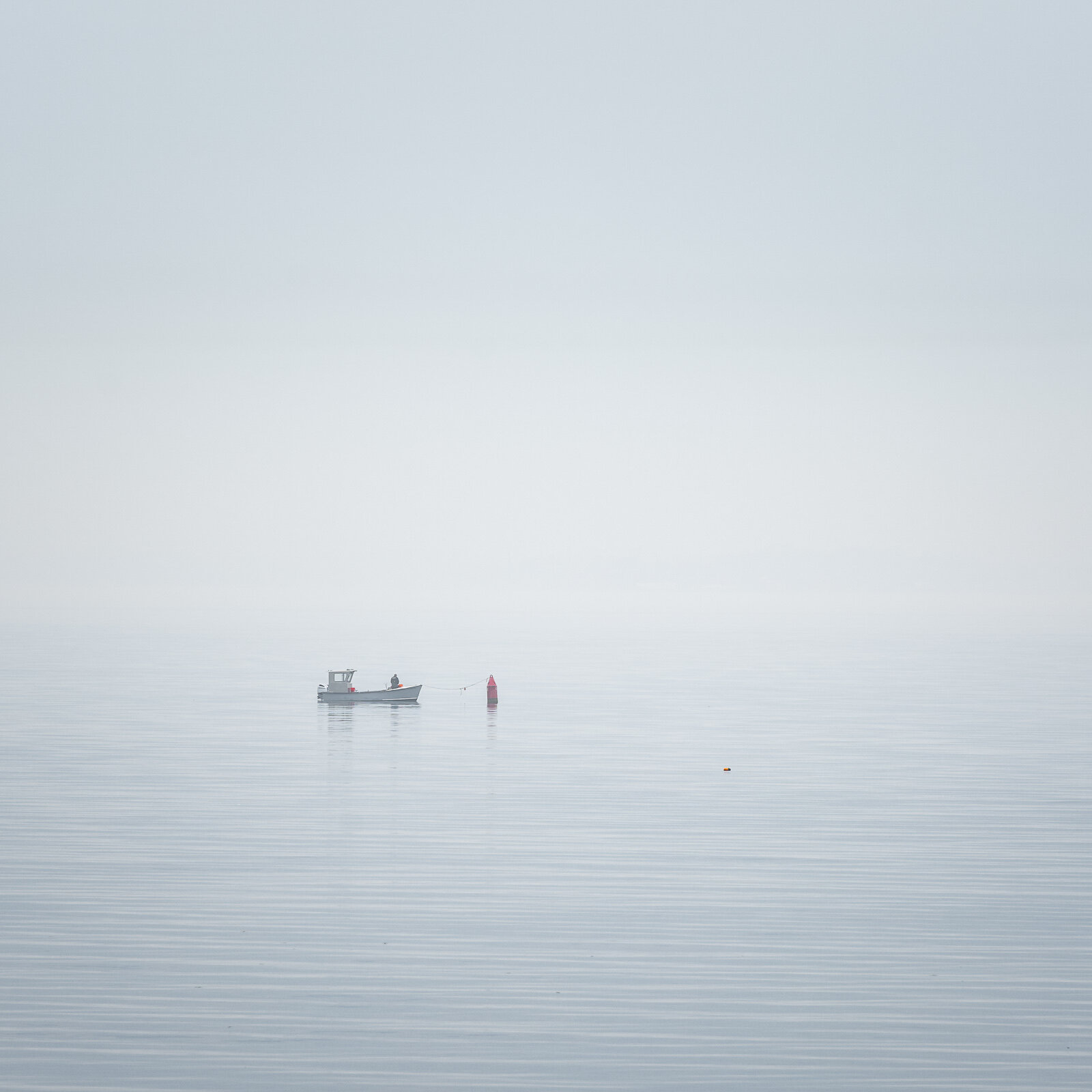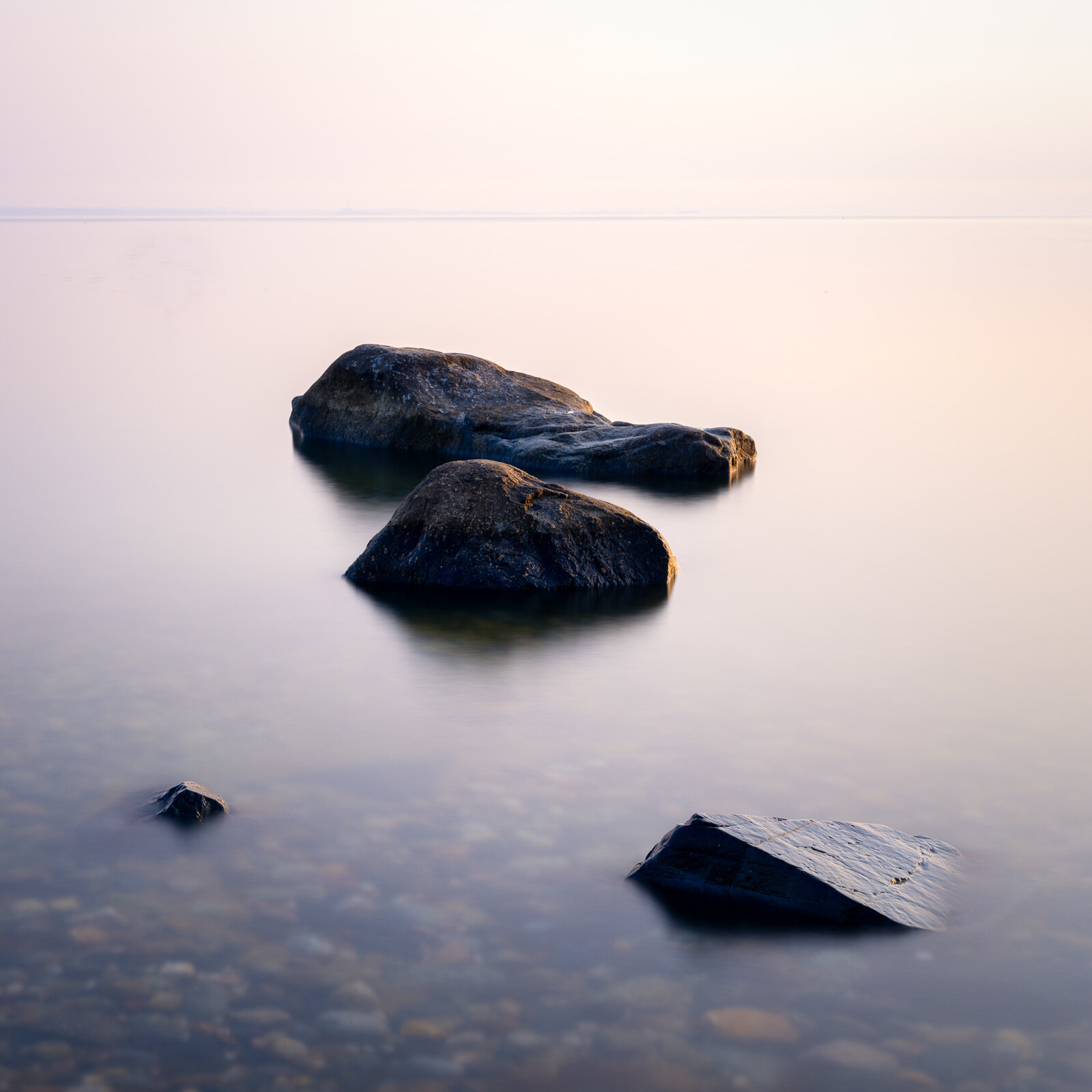A Place by a Sharp Rock
New York State is large and has a very diverse landscape. It is home to one of the world’s most populous cities, vast mountain ranges, and enormous open rural spaces. Over 19 million people call it home. The State has a park system that is every bit as robust and diverse.
The New York State Park system is home to over 200 State Parks, which total over 350,000 acres. I have not visited all 200+ parks – not even close; however, my favorite is the one closest to my home. Caumsett State Park sits on the north shore of Long Island and darts out into the Long Island Sound. The park, which sits on land known as Llyods Neck, is surrounded by water on all sides. Lloyds Neck is accessed by a single road built on a small strip of land that connects it to the town of Huntington and the rest of Long Island. The park boasts a rich history that pre-dates America.
The Matineccok Indians used the word “Caumsett” to describe this 1700 Acres of land, which translates to A Place by a Sharp Rock. Most Likely a reference to the sharp rocky coastline common to this area. Settlement by the English dates back precisely a hundred years before the formation of America. In 1676, a Boston Merchant named James Lloyd acquired the land, then known as Horse Neck. Residents would use the area to let their horses graze. In 1711, James’s son Henry built the first house on the land, making him the first British resident. The Henry Lloyd Manor still stands today on the park grounds. Jupiter Hammond was a slave working for Henry Lloyd at the manor. He often traveled to New York City to negotiate contracts for Mr. Lloyd. Mr. Hammond would become the first published African American Slave poet in the Thirteen Colonies and is buried in an unmarked grave on the park grounds.
In 1788 the British constructed Fort Franklin, named after Ben Franklin’s son, William, who was a Tory supporter. The British, who maintained control of Long Island, thought the war valued the location to control shipping lanes in and out of New York City from the northeast. Lloyds Neck was also heavily forested, and the British would use the Caumsett hardwood for their entire war efforts in the colonies.
The land remained unused until 1921, when Marshall Field III, heir to the department store company, purchased the property and constructed a full-service English estate. Mr. Field, who at times was the wealthiest man in the world, often spent time on a grand estate in England as a child and wanted to recreate that on these 1500 acres on Long Island. The Estate included a Dairy Barn, Polo Barn Stables, Electric Power Plant, Greenhouses, Gardens, and more. The main house was high above the Long Island Sound offering views of Connecticut to the north. Mr. Field often hosted parties and events attended by Presidents, movie stars, and other dignitaries. Mr. Field would regularly use the Estate until his death in November 1956. The State acquired the land from the Field family in 1961 to develop it as parkland.
Today the park is an accessible location; all the roads, paths, trails, and buildings are still in use. On any given day, the park is filled with residents hiking, walking, birding, and photographing. I visit the park often because the photographic subjects are exciting and diverse. Thousands of years ago, the glaciers retreated, leaving behind a dramatic and varied shoreline, forested harbors, gentle fields, meadows, steep valleys, cliffs of sand and clay, and rocky beaches and marshland. As a result, the park is home to plenty of wildlife.
What I like best about the park is its wooded landscape; it gives me plenty of chances to practice simple woodland portraits. Caumsett shines in all four seasons. Winter and snow provide landscape and wildlife, Spring is colorful, summer comes with beach sunsets, and autumn provides a vivid display similar to New England. I often describe Caumsett as a tiny Acadia National Park. Acadia is much grander in scale but offers the same opportunities to photographers. With deep woods, harbor and beach photos, and cliffs, Caumsett has a loop road to help you get around the park. Unfortunately, you can’t drive in the park; you must walk or bike.
I find the best time to visit the park is at sunrise. There are no direct views of the sun rising over the horizon, but the skies light up, and the light gently falls across the landscape. You do get excellent sunsets, especially in the summer. The park has vast amounts of beach and shore to view the horizon as the sun sets. There are plenty of sand cliffs with west-facing views.
If you want more information about the park, such as trail maps, scheduled activities, and directions, you can visit the Caumsett Foundation.
